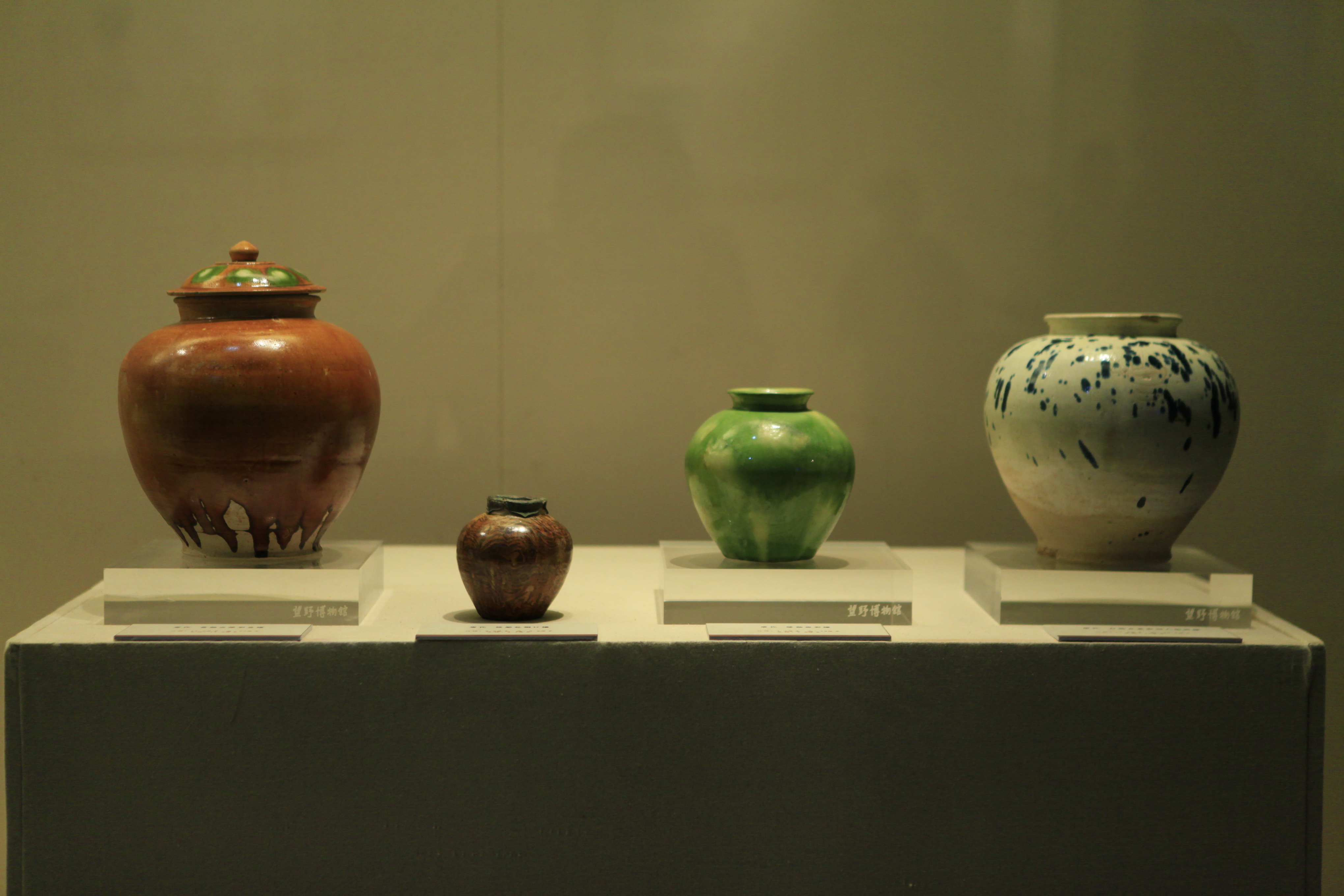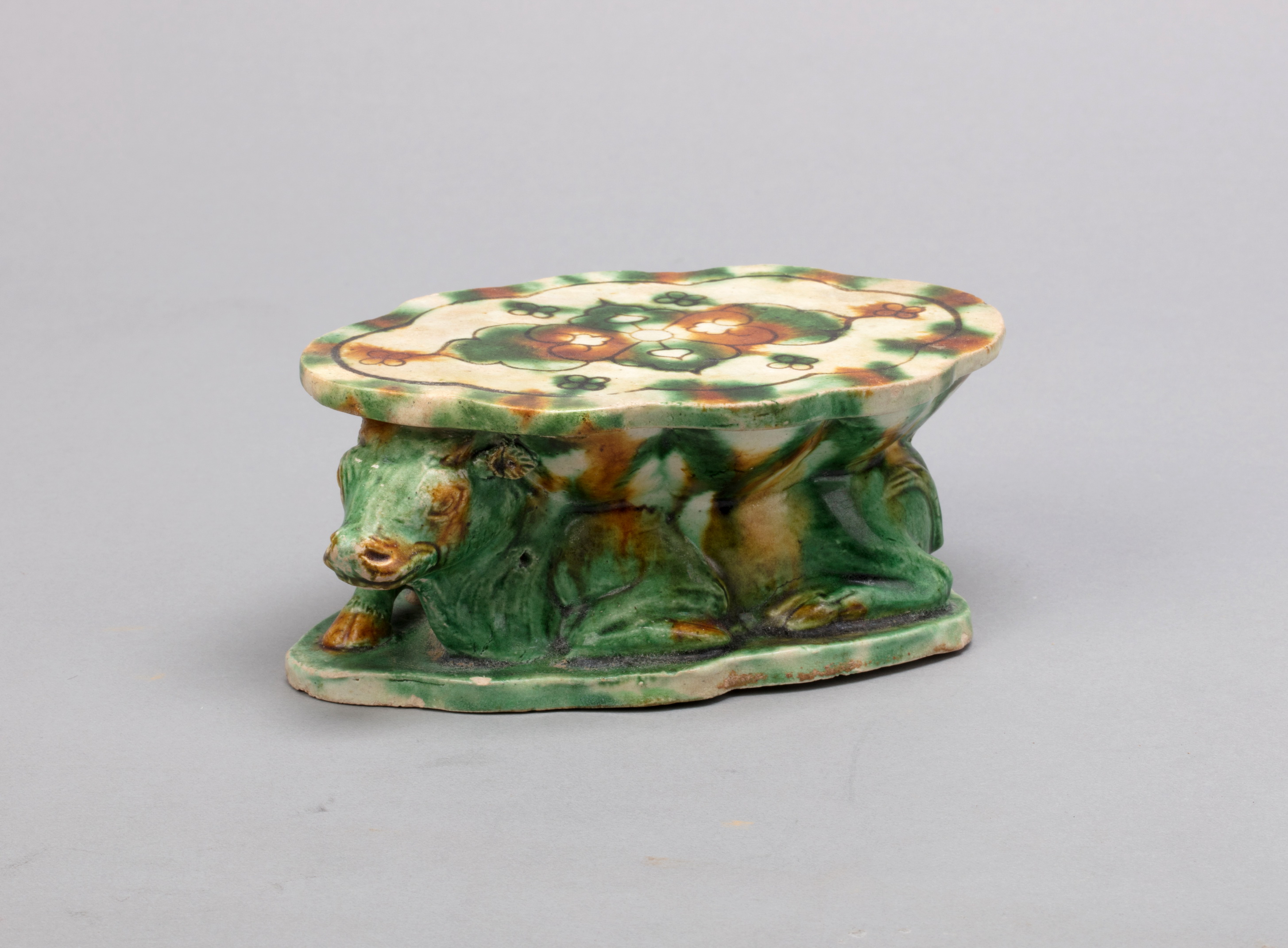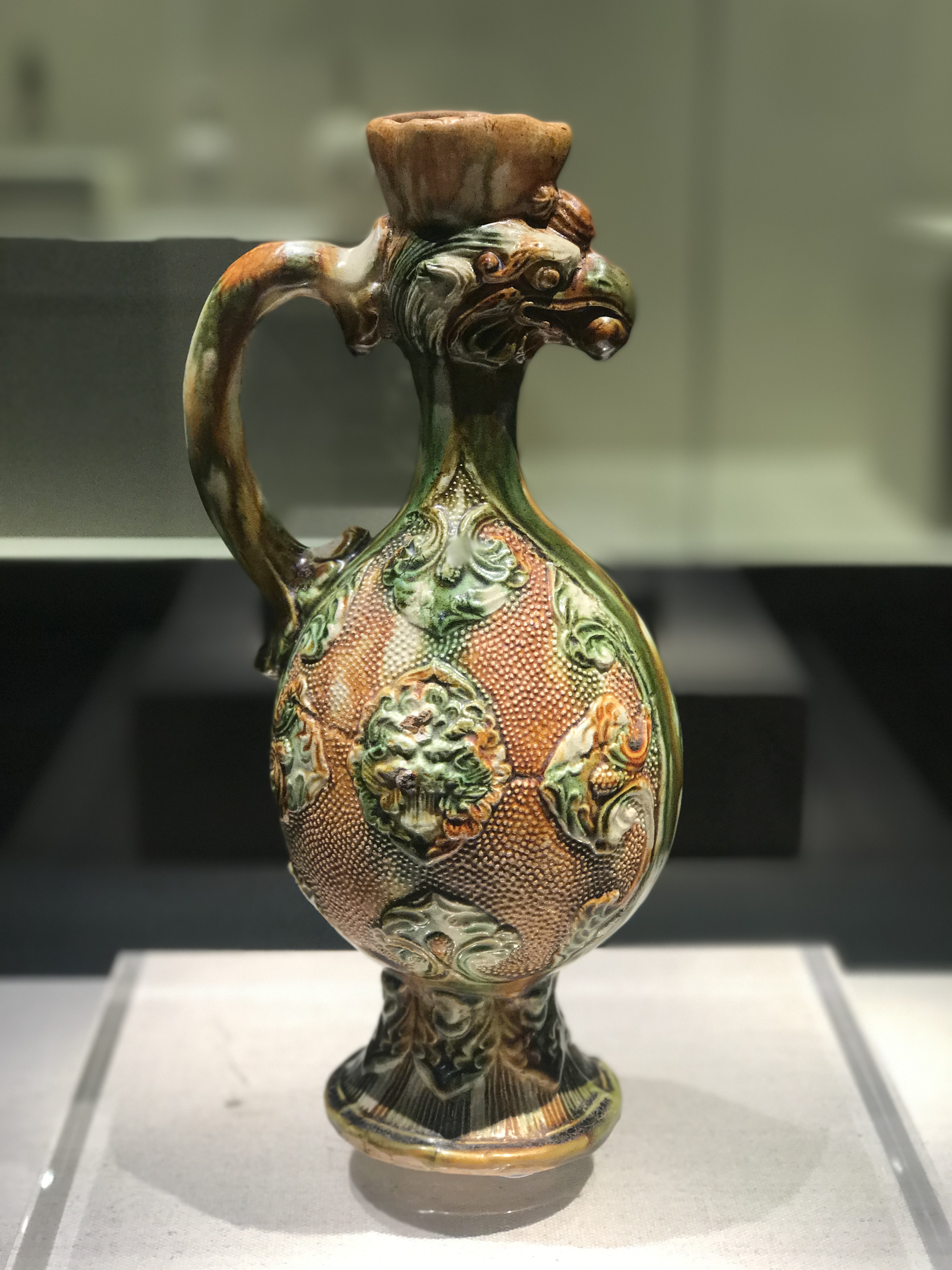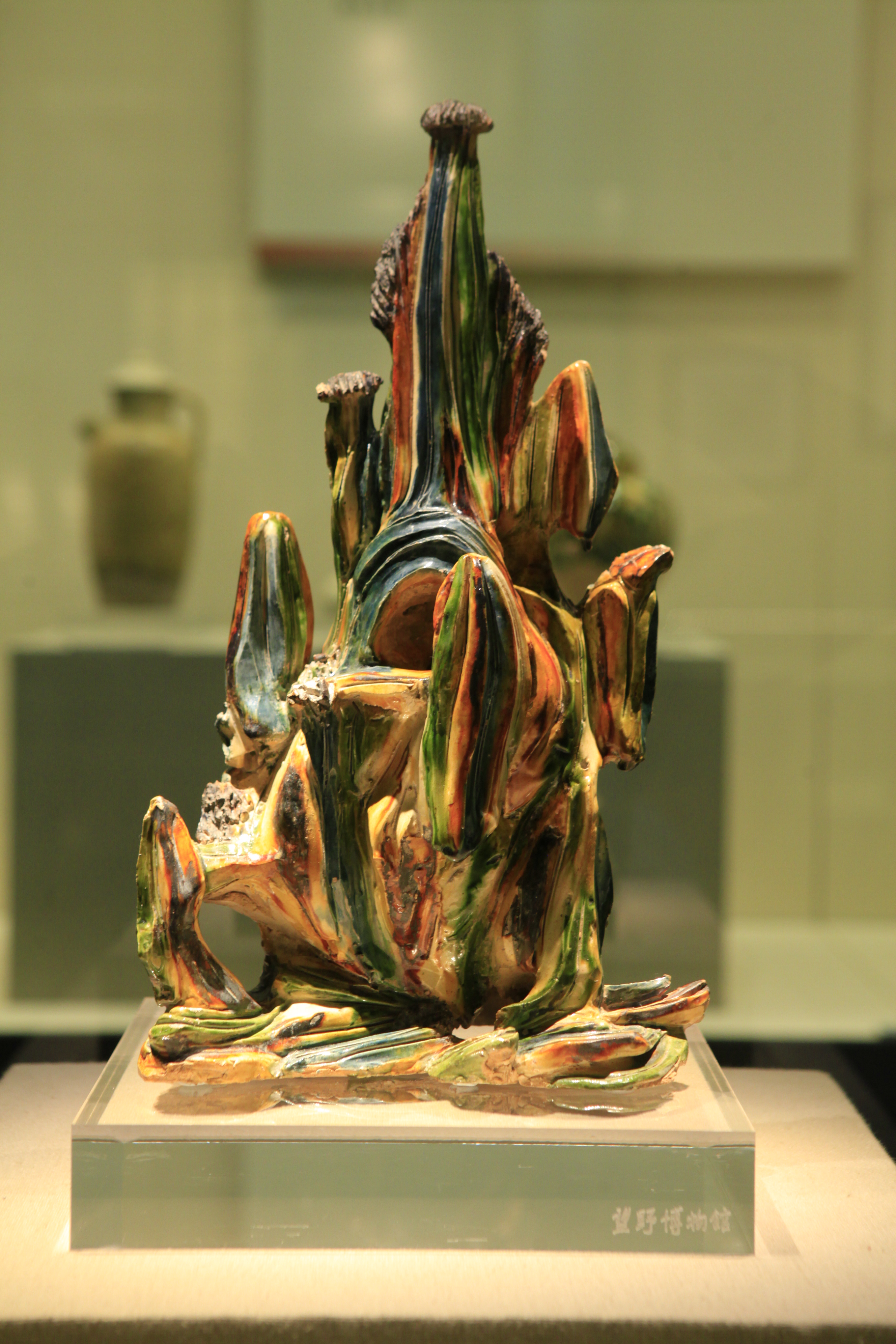Time
Until April 7, 2019
Tickets
Free
Venue
Shenzhen Museum, Civic Center, Futian District (福田区市民中心深圳博物馆)
Metro
Line 2 or 4 to Civic Center Station (市民中心站), Exit B
Please Note
Hours: 10 a.m.-6 p.m., closed Mondays
Until April 7, 2019
Free
Shenzhen Museum, Civic Center, Futian District (福田区市民中心深圳博物馆)
Line 2 or 4 to Civic Center Station (市民中心站), Exit B
Hours: 10 a.m.-6 p.m., closed Mondays

An array of ceramic jars on display. Sun Yuchen
A total of 169 pieces of relics from the Tang Dynasty (618-907) are on display at “The Brilliant and Great Tang Dynasty” exhibition in Shenzhen Museum, showcasing a glorious age of the Chinese culture.
“The Tang Dynasty is generally regarded as a high point in Chinese civilization and a golden age of cosmopolitan culture by historians,” said Ye Yang, director of Shenzhen Museum.
“Let the exhibited items tell us the history,” said collector Yan Yan, director of Longhua-based Wangye Museum, which is lending the items to Shenzhen Museum.
“The exhibition is curated based on a macro-historical study and shows how the affluent Tang Dynasty offered a prosperous life for its people, how its advanced political system ensured a safe society, how Buddhism became a major influence in Chinese culture, how its agriculture, commerce and crafts flourished and how it opened to the rest of the world,” said Yan.
Among the commonly seen ceramic relics such as jars, bowls, plates, cups and vessels, delicate ceramic pillows are a must-see. As small as a human palm, the ceramic pillows are highly prized for their cultural value in the history of ceramic art. While some pillows are circular, oval, polygonal or petal-shaped, others have an exquisitely carved animal attached. The remarkable skill and creativity of ancient craftsmen is evident on the small ceramic pillows, which were often embellished with elegant glazed patterns.

A ceramic pillow. Courtesy of Shenzhen Museum
Phoenix-head and eagle-head pottery ewers at the exhibition are outstanding. The flattened pear-shaped body rises to a slender neck surmounted by a fierce phoenix or eagle head and a loop handle stretches from the shoulder to the back of the head.

A phoenix-head pottery ewer. Cao Zhen
The phoenix-head ewer is covered in a vibrant green glaze with the molded relief decoration in the style of Sasanian metal examples, smartly combining the Chinese craft with Middle Eastern style. The phoenix-head ewers were very popular in the Tang Dynasty, reflecting the exchange of the Chinese and Persian craftsmanship.
There are also a variety of sancai works, a distinct way of coating found on Chinese porcelain using glazes or slips, predominantly in the three colors of brown, green and a creamy off-white. It is strongly associated with the Tang Dynasty and the period’s tomb figures. Among them, porcelains glazed with color splashes or spots are the most recognizable. The blue in sancai came from imported cobalt, a sign of the commercial and cultural exchange that characterizes the art of the Tang Dynasty.

A sancai work. Sun Yuchen
Dates: Until April 7, 2019
Hours: 10 a.m.-6 p.m., closed Mondays
Venue: Shenzhen Museum, Civic Center, Futian District (福田区市民中心深圳博物馆)
Metro: Line 2 or 4 to Civic Center Station (市民中心站), Exit B